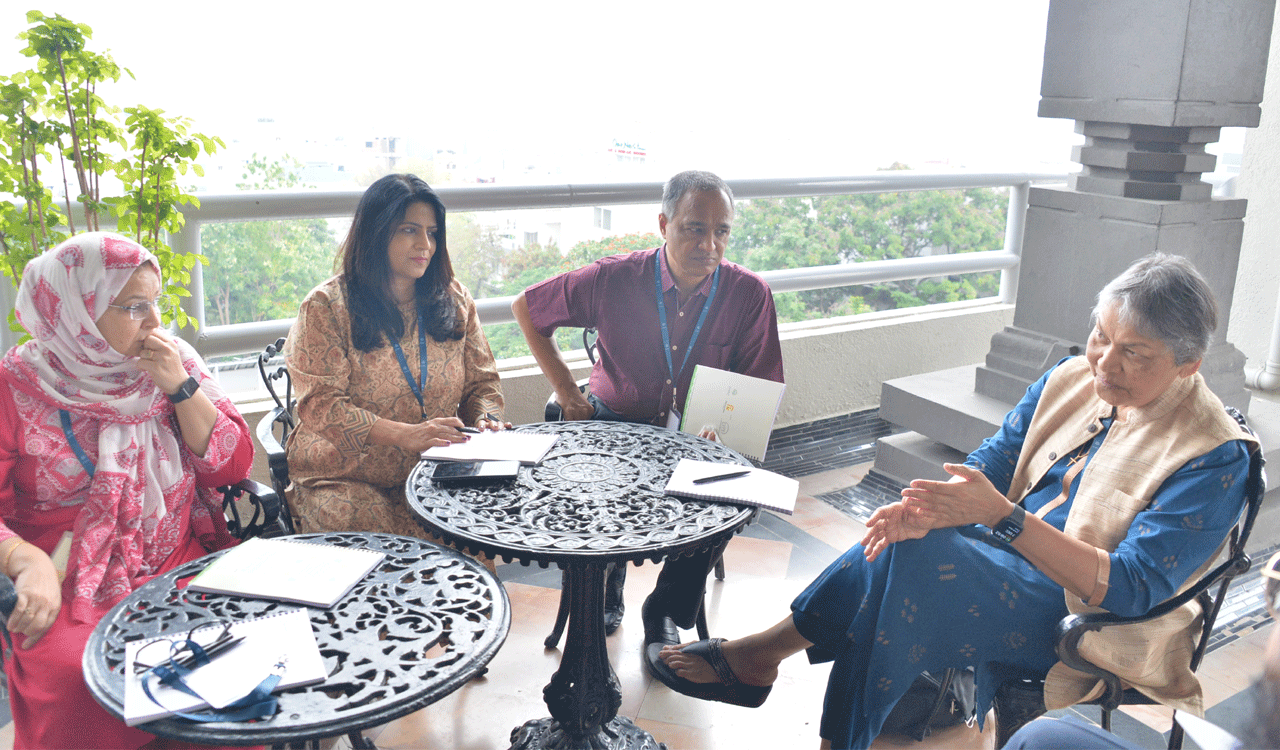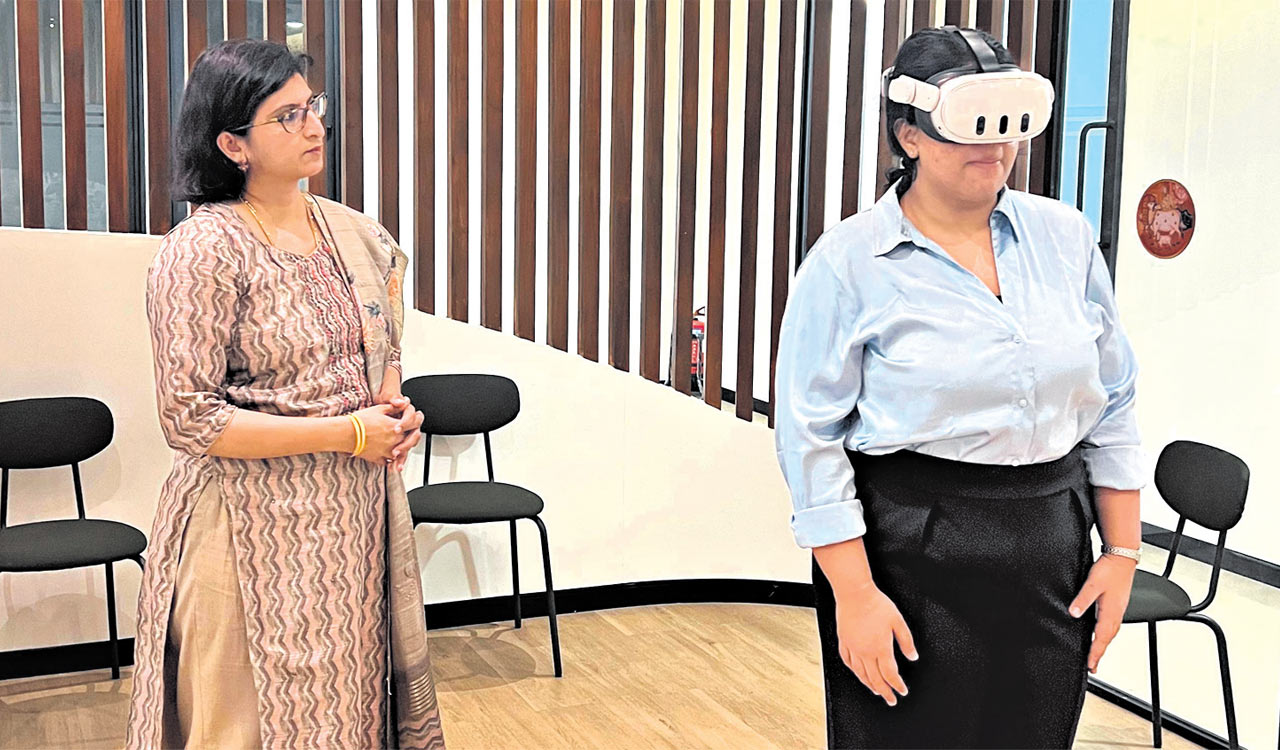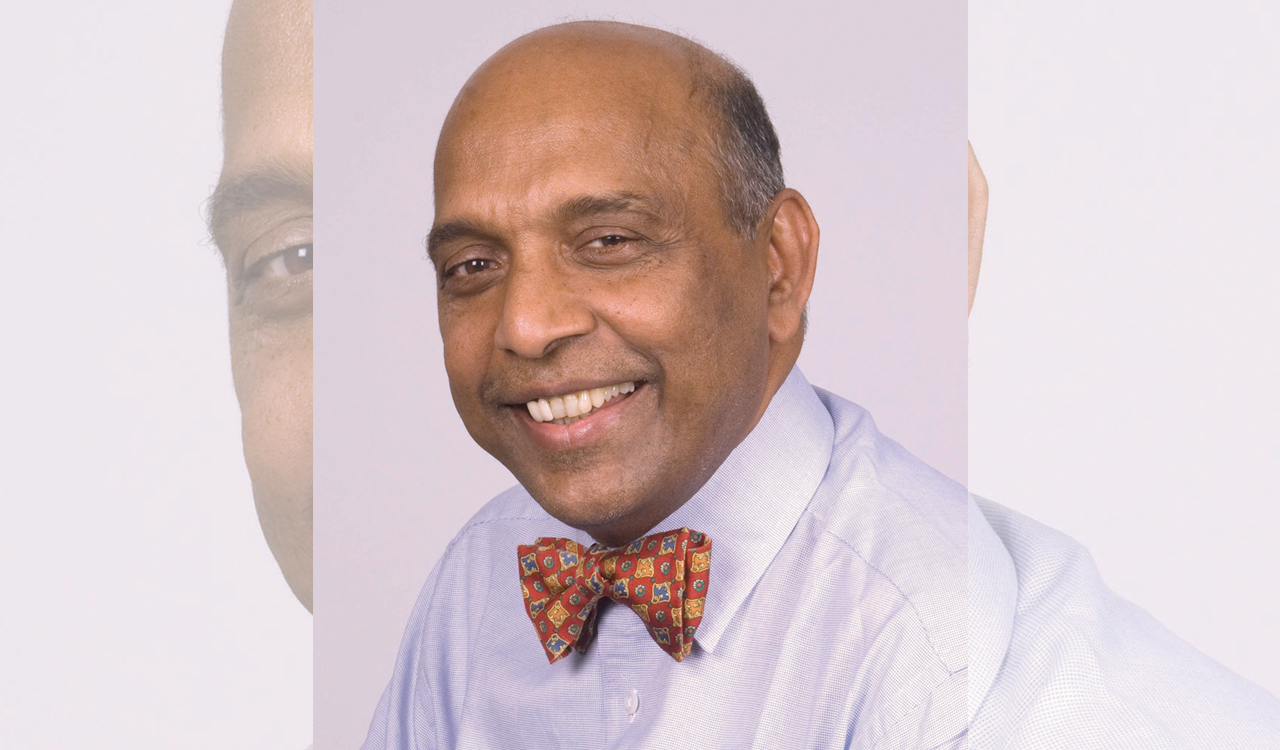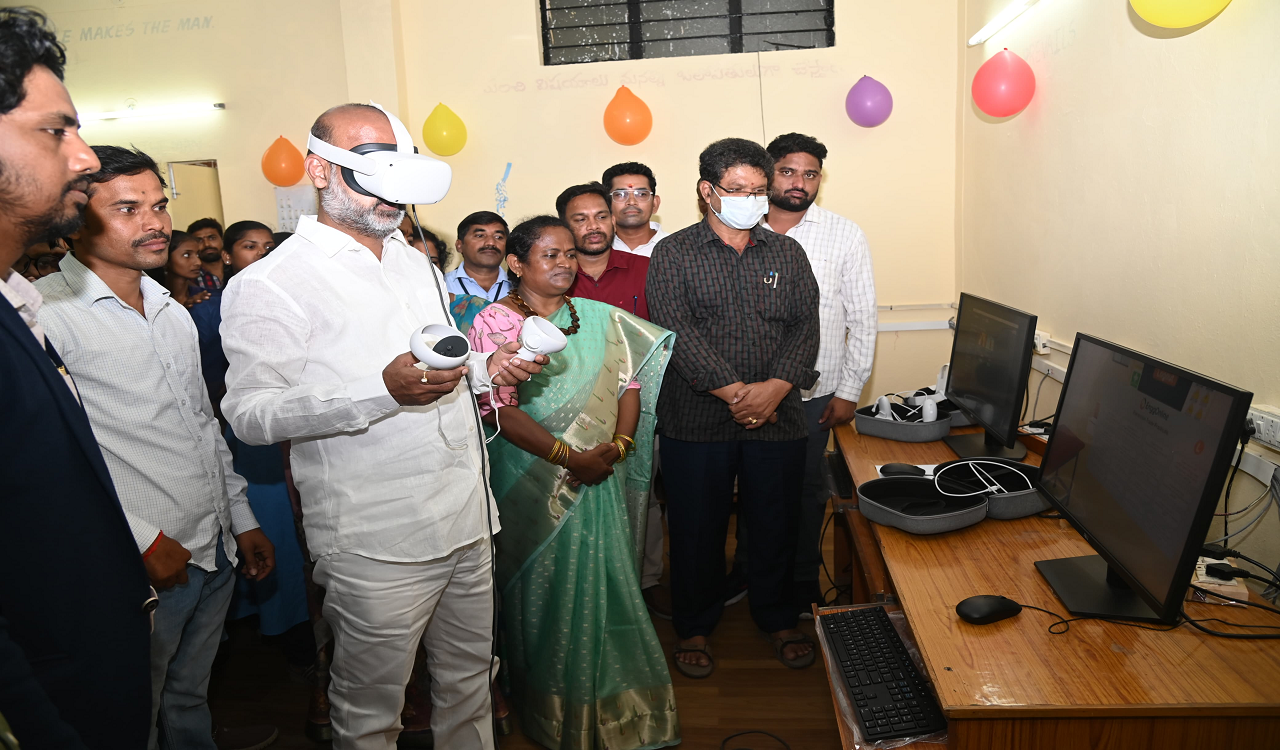VR headset to detect defects in the eye
The VR headset not only reduces the need for torchlight, but also enables the eye specialists even in remote locations to diagnose optic neuropathies, disorders that arise from a damaged optic nerve, more accurately and efficiently.
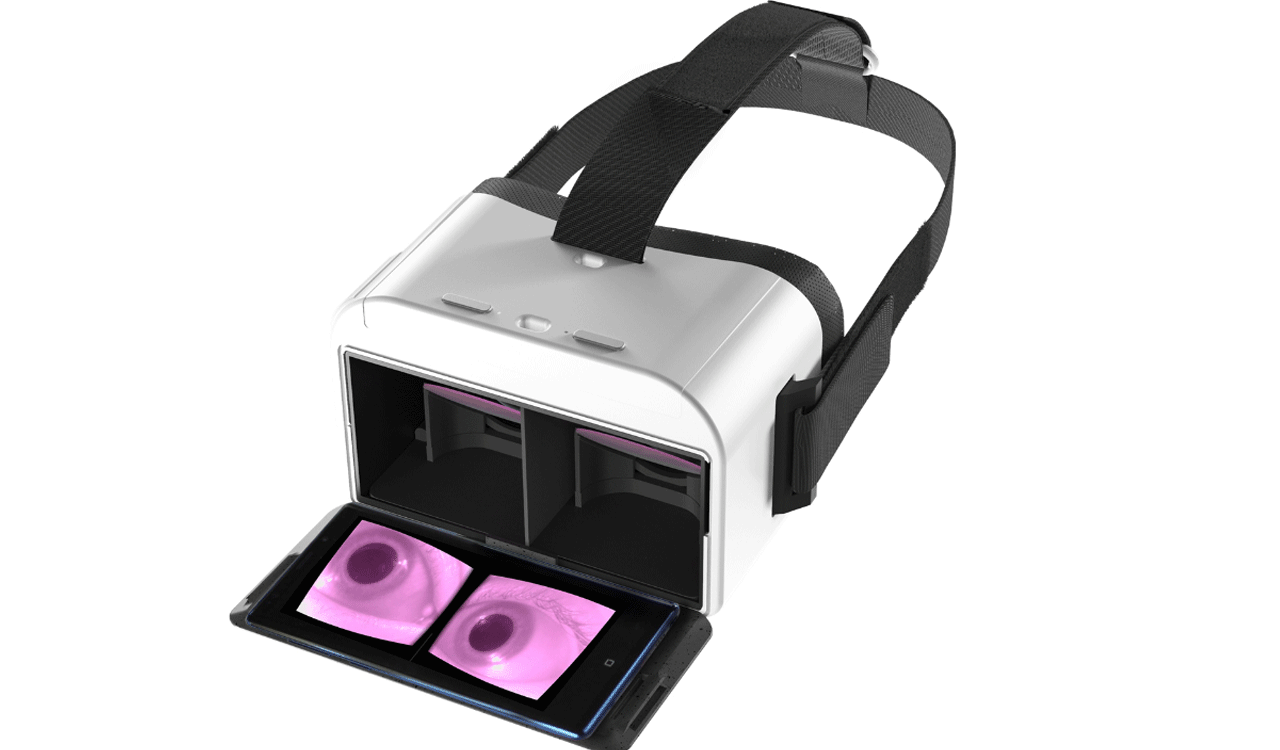
Hyderabad: Remember eye specialists swinging a small torchlight between the two eyes to detect defects in the black portion of the eye (pupils)? While such a traditional method totally depends on the doctor’s judgment and surroundings, a group of researchers from Hyderabad have now come-up with a fool-proof Virtual Reality (VR) based headset called as VR headset-pupillometer to detect defects in the pupil.
The VR headset not only reduces the need for torchlight, but also enables the eye specialists even in remote locations to diagnose optic neuropathies, disorders that arise from a damaged optic nerve, more accurately and efficiently.
The results of a pilot study, utilizing the VR headset, developed by researchers from Hyderabad-based L V Prasad Eye Institute (LVPEI), were published ‘Frontiers of Ophthalmology (September, 2024), demonstrated the ability of the device in accurate diagnosis.
The LVPEI researchers, Rahul Negi, Manasa Kalivemula, Karan Bisht, Manjushree Bhate, Virender Sachadevia and Dr Shrikant R Bharadwaj, took a dedicated pupillometer (which detects the size of the pupil) developed and modularized it such that it can be integrated into a commercially available VR headset with built-in eye tracking capability, they explained.
The device was used to diagnose pupil defects in 77 patients, who were also independently assessed by experienced neuro-ophthalmologists. “Defects of pupils can be successfully quantified using a VR-technology based modularized pupillometer. This device provides eye specialists immunity against bias and variability in clinical grading. Overall, the device helps in enhancing the value of clinical decision making,” the researchers in the paper said.
The LVPEI researchers, through this innovation proved that instead of buying an expensive dedicated device, can integrate existing eye trackers (pupillometers) with virtual reality (VR) headsets and turn them into automated pupillometers without the need to but an expensive dedicated device.
The era of having dedicated devices for assessing different ocular functions is behind us; integrating multiple tests into a single modularized platform such as VR-headsets is an efficient and cost-effective way to conduct a comprehensive eye exams,” Dr. Shrikant R. Bharadwaj, Network Associate Director of Brien Holden Institute of Optometry and Vision Sciences, LVPEI, in the study summed it up.
Related News
-
LVPEI, Fernandez Foundation hosts eighth EHAC meeting to tackle India’s healthcare inequities
-
Hyderabad start-up ‘Manaha’ leverages VR and AI to treat patients with extreme phobias
-
India facing critical shortage of cornea, says LVPEI founder Dr G N Rao
-
AR-VR lab inaugurated at govt ITI in Karimnagar
-
Hyderabad Commissioner of Police, C V Anand apologizes for his remarks on media
15 mins ago -
Pooja Bhatt marks 8 years of sobriety: Gratitude, gravitas, grace
24 mins ago -
Sebi suspends trading in Bharat Global Developers over financial misrepresentation
31 mins ago -
One critical after inhaling toxic gas at pharma company in Andhra Pradesh
39 mins ago -
Village wakes up to see man hanging from electric pole in Medak
40 mins ago -
BRS MLC K Kavitha condemns Congress government’s attempt to auction farm lands
43 mins ago -
Sangareddy: ICRISAT holds two-day conferene on digital agriculture
49 mins ago -
Book Review: Living with Birds – Tribute to India’s avian wonders and the call for conservation
56 mins ago

